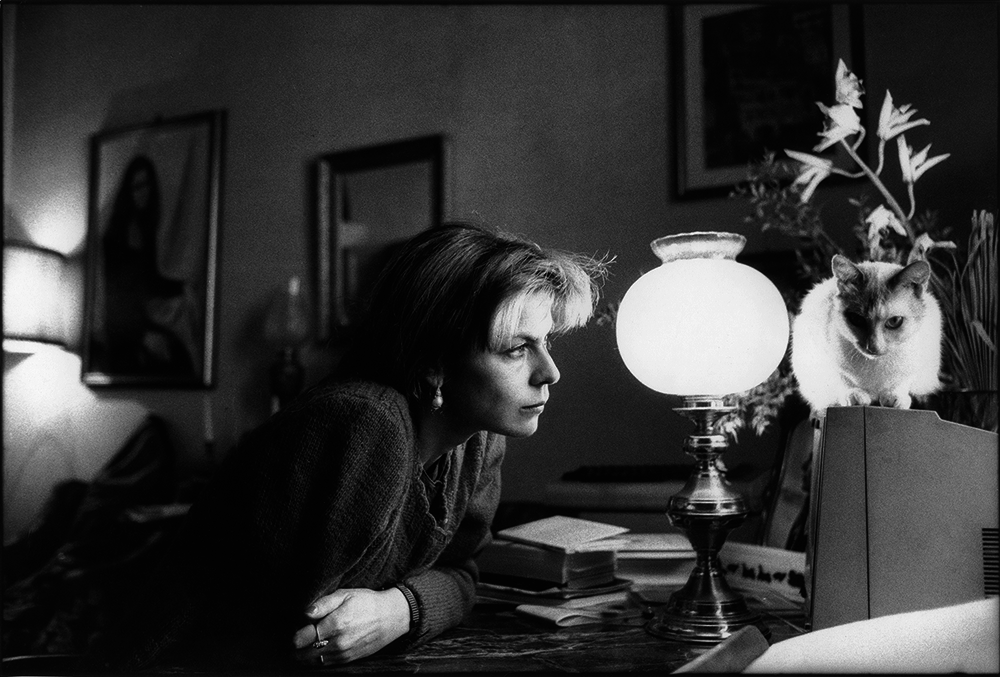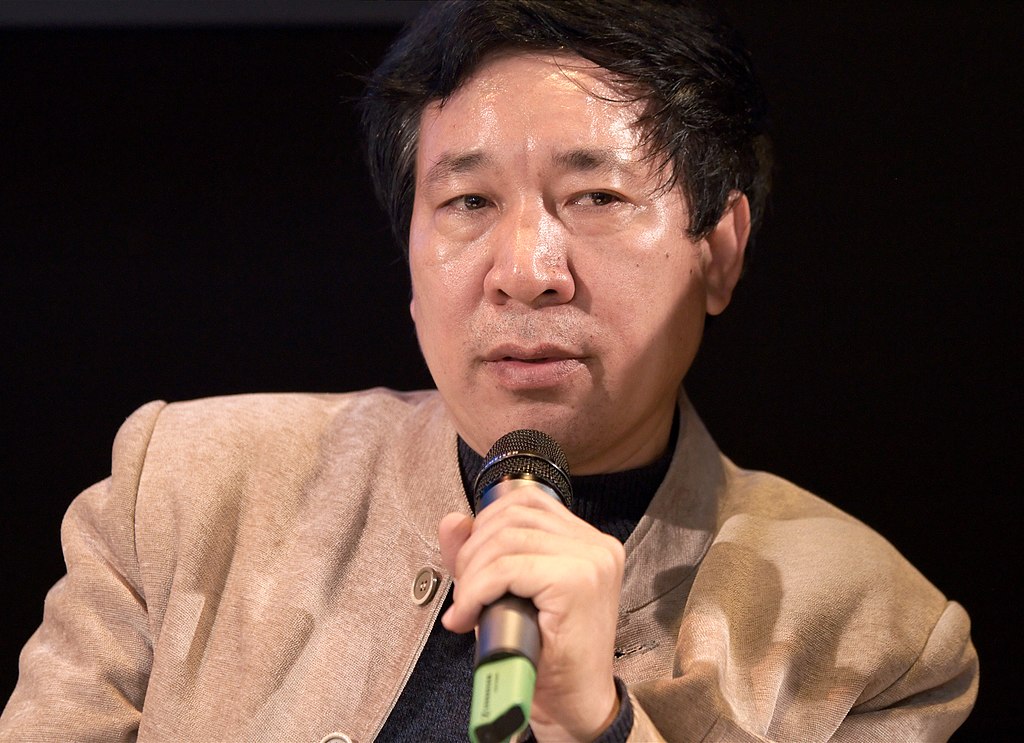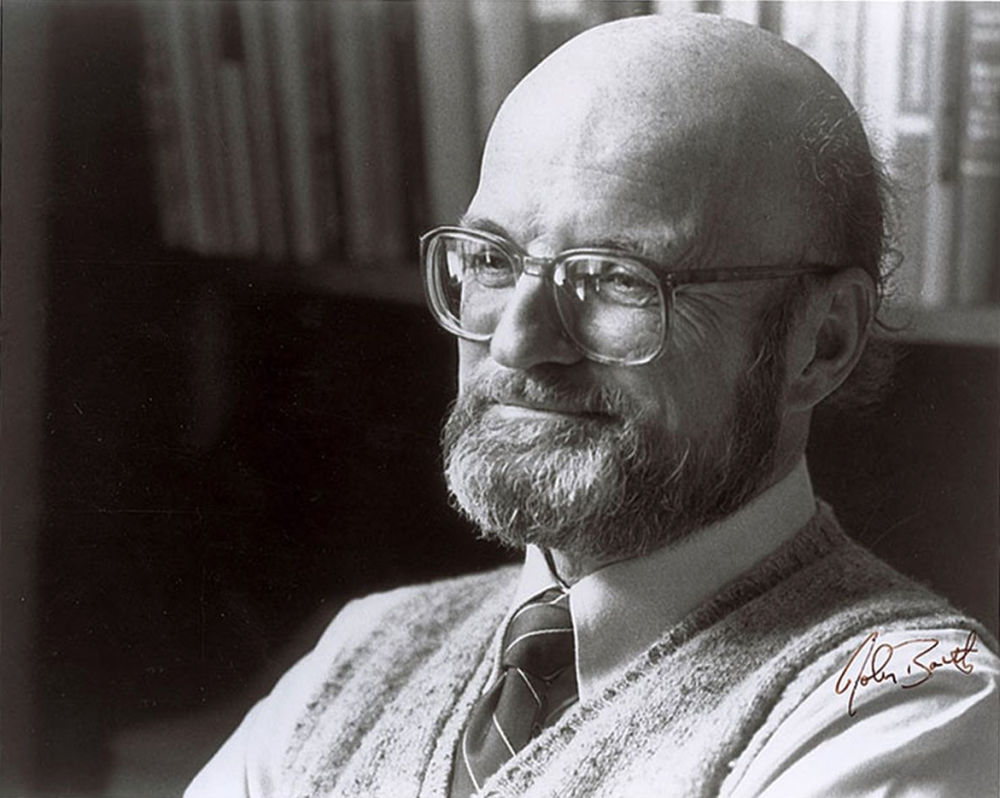Issue 234, Fall 2020
 Photo courtesy of Antonella Anedda Angioy
Photo courtesy of Antonella Anedda Angioy
Antonella Anedda, born in 1955, is one of Italy’s most lauded contemporary poets. She writes with precision and delicacy, yet her work testifies to her vast engagement with human history and geography. Her six books of poems include her Residenze invernali (Winter residences, 1992), Il catalogo della gioia (The catalogue of joy, 2003), and her most recent work, Historiae (2018). Among her many books of prose are a study of details in works of art, La vita dei dettagli (The life of details, 2009), and Isolatria (2013), a survey of the history and geography of La Maddalena, her family’s native region of Sardinia. She has received numerous prizes for her poetry, among them the Premio Montale, the Premio Letterario Viareggio-Rèpaci, and the Premio Puškin. In 2019 she received an honorary doctorate from the Sorbonne.
Like many Italian poets, Anedda has worked as a journalist; she is also a scholar, teacher, and translator of classical and French literature. In the fall and spring she travels from her home in Rome to teach modern literature at the Università della Svizzera italiana in Lugano. She spends her summers in the archipelago of La Maddalena. After years of publishing with various national presses, her work now also appears in the prestigious Einaudi collana bianca series. These little paperbacks, with their plain white covers, make up the shelf of noted contemporary Italian poetry and poetry in Italian translation, from Samuel Beckett and Mario Luzi in the sixties to Jan Wagner, Patrizia Cavalli, and Mariangela Gualtieri today. Anglophone readers can survey twenty years of Anedda’s poems in Jamie McKendrick’s excellent translation Archipelago (2014).
This interview took place in November 2018 and October 2019 in Anedda’s apartment in the Monteverde neighborhood of Rome. Her narrow four-story building is halfway down a hilly street that seems to tumble toward the Porta Portese flea market and, eventually, the Tiber. Her family occupies the third floor. The state built the structure in the fifties as housing for officials of the carabinieri, and Anedda’s grandfather, a general, purchased their apartment at that time. Anedda and her husband, Flaminio Mormile, a pulmonologist at the large Gemelli Hospital, moved there in 1994 and raised their daughter, Maria Sofia, a historian of the French Revolution, amid the mementos, books, paintings, and upright piano of Anedda’s grandmother.
We sat in the living/dining room, speaking in Italian and English. Anedda was recovering from a serious illness and our thoughts turned readily to the past and poetry’s place at the center of our lives. As always, she spoke with both honesty and reticence; she avoids rhetoric in conversation just as she avoids it in her poems. The quiet and comfortable room, with its dark blue armchairs, fills with sunlight in the afternoon. A large map of Italy hangs on the wall.
I have known Anedda for more than a decade, and our paths have crossed in Oxford, Newcastle, Berlin, Naples, and Rome. We often get together in Trastevere and the city center to talk and read and visit bookstores. In the period between and after our meetings for this interview, we corresponded by email in both languages, with Anedda expanding on her answers in Italian. Any unmarked translations here are my own.
INTERVIEWER
What is your earliest memory of poetry?
ANTONELLA ANEDDA
The first poem I ever heard was by Aleksandr Blok, on the radio in a small village in Sardinia. It’s an early work that begins, “Carried on the breeze, / the Spring’s music drifted from far, far away.” The poem was about space and wind—how the wind breaks open the clouds to reveal a strip of blue sky.
INTERVIEWER
What was it that moved you?
ANEDDA
When I was seven, a member of my family, a person I loved, died in front of me. Suddenly her body was a thing without a voice. Listening to Blok’s poem—I was thirteen or fourteen—I thought that perhaps poetry could create a relationship with absence, with death, transposing the present into another space and time.
INTERVIEWER
Does this relationship with absence remain the reason why you write poems?
ANEDDA
I write to intensify reality and at the same time to undermine it, as Emily Dickinson does when she says, “Bring me the sunset in a cup / Reckon the morning’s flagons up.” The miracle of this poem is the dislocation of the relationship between the domestic and the universal. The visible is there, but reimagined by the swerve from ordinary perspectives and scales.
INTERVIEWER
Is the visible, and its image as the visual, the most important dimension of the poem for you?
ANEDDA
Poetry makes reality reality. My pleasure derives from this kind of disposition, of being attentive, of being able to catch sounds, lights. I am a poet of “I have seen it,” as Elizabeth Bishop wrote about herself, but I am also a poet of “I have listened to it.” I am a hare with a mathematical mind.




